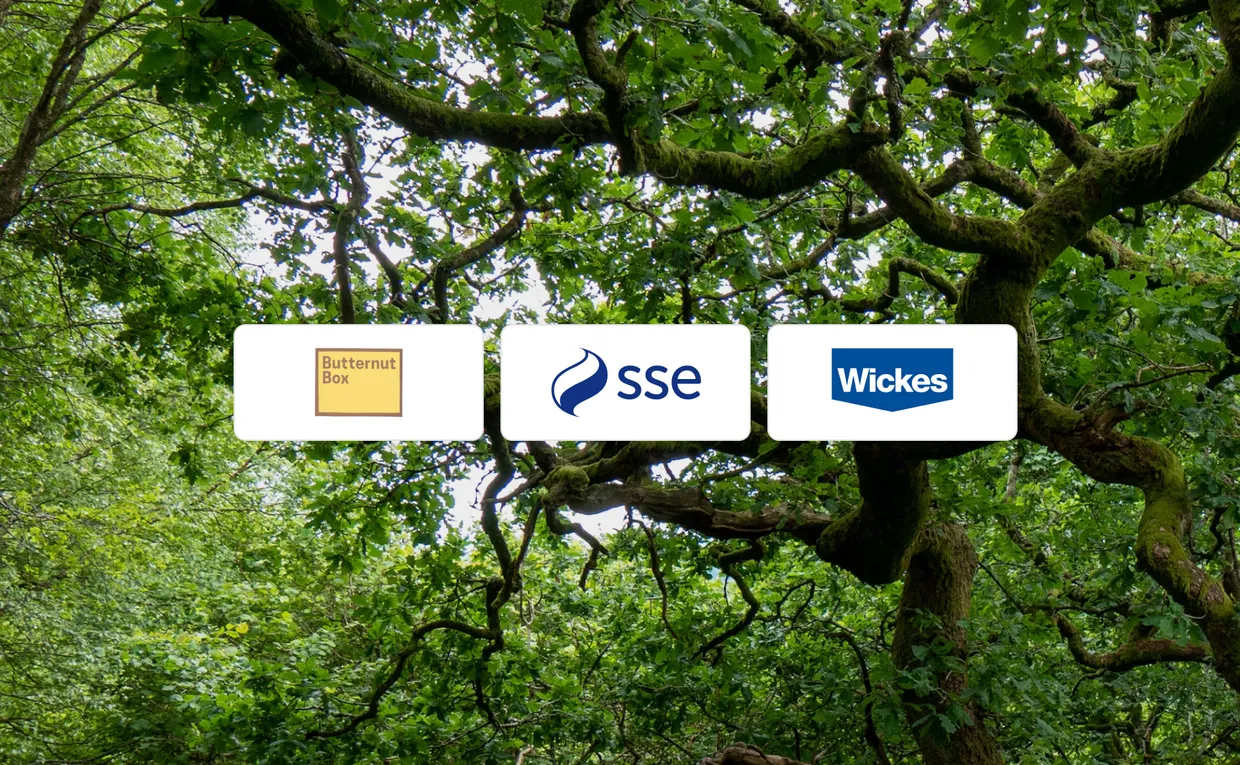- Home
- Blog
Blog

California SB 253 and SB 261 – Key questions answered
Discover how California’s SB 253, SB 261 & AB 1305 reshape climate disclosure rules, GHG reporting, and financial risk for companies doing business in the state.
Read the full story
California Laws

Can climate lead the way in government spending? Sweep asks French President Macron
At VivaTech 2025, our CEO asked President Macron how public procurement can drive decarbonization. His response signaled momentum for real climate action.
Read the full story
Carbon accountingSupply chain emissions

Wickes, Butternut Box, SSE: UK brands master carbon accounting
UK brands like SSE, Wickes & Butternut Box are tackling carbon blind spots. Discover how better data is transforming carbon accounting across industries.
Read the full story
Carbon accounting
Subscribe to our newsletter
Insights
Subscribe to our newsletter
Stay up to date with our monthly climate news, regulation, free resources and event updates straight into your inbox.
